When it comes to choosing a material for cutting boards and countertops, it's hard to know what's safest and best. What holds true for other wood categories--properties like strength and resistance to the elements--isn't quite the same for food preparation surfaces. There's more that goes into it than other wood products like doors or shelves. Here's everything you need to know about food safe woods and food safe wood finishes.
Is wood food safe?

The short answer is mostly yes. But there are some wood species that are toxic, too soft, or susceptible to bacterial growth, so those are not recommended for food preparation surfaces. No matter how good the deal is, or how "sustainable" or beautiful something looks, there are some woods you should always avoid for your cutting boards, countertops, and wood utensils.
What are food safe wood species?
As a rule of thumb, wood is food safe if the tree produces nuts, fruits, leaves, or sap that is technically edible. Note that this doesn't mean you'll necessarily find the nuts or fruit from a food-safe tree in your local grocery store. Black Cherry, the wood we use, is a different species of cherry than the Sweet Cherries that go in your favorite pie. But that's alright because Black Cherry trees make better lumber than the ones cultivated for the fruit. (And the squirrels like the fruit from Black Cherry just fine!)
But besides having edible produce, you should also keep the Janka hardness rating in mind for food safe woods. This metric measures how hard a wood species is in pounds of force or lbf. Surface hardness matters for food safety because scratches in wood--like ones left by knives--create breeding grounds for the kinds of bacteria that can make you sick. This is especially true when preparing raw meat or seafood. At the same time, you don't want the wood to be so hard that it dulls your knife. A middle to high Janka hardness rating (about 900-1800 lbf) is best--you don't want something super soft or super hard.
Similarly, you want to choose a wood species with a smooth texture, that sands down very fine. Coarseness in the wood texture makes scratches more common. White Oak is great for flooring, where slight coarseness doesn't matter so much. But for a cutting board, it wouldn't work, since the wear and tear of a knife would create splinters.
Additionally, opt for a closed-cell wood species. This means the wood is less likely to be a good environment for bad bacteria, and stands up better to moisture. Here are wood species that meet all of these requirements:
Sugar Maple

This is the gold standard for food-safe wood. It has excellent hardness, with a Janka hardness rating of 1,450 lbf. It's also not too hard, meaning knives won't get dulled. It's tight grained and naturally water resistant. Maple is the most popular customer choice for our butcher block countertops.
Beech

It has a Janka hardness rating of 1,300 lbf, so it is similar to Maple. Depending on where it's sourced from, Beech can be less expensive, if you are looking for something more affordable that's still food safe.
Walnut

Slightly softer than Beech or Maple, it will show knife marks more easily. But Walnut is a good choice if you want something that camouflages darker stains. It has greater dimensional stability than Maple or Beech, so you won't have to condition it as often, either. But it is more prone to water damage than the other two, because its cells are not as closed.
And here are some wood species that we like for countertops, but wouldn't recommend for cutting boards, charcuterie boards, or other surfaces that see more wear and tear.
Cherry

Janka hardness of 950 lbf, this wood species is considered food safe and has a beautiful reddish brown color that will naturally deepen over time. You can use this wood species for cutting boards, but you'll need to be vigilant about conditioning it to prevent water damage.
Hickory

Renowned for its strength, with a hardness rating of 1,820 lbf. It is more porous, so it's fine as an accent wood, but we wouldn't recommend it for a full cutting board.
What woods are not food safe?
Toxic exotic hardwoods such as Wenge are not food safe. (As you might imagine, given the designation of "toxic.") These woods are perfectly safe when sealed and used for things like doors. But the surface disturbance from knives or kitchen tools would make them not safe for countertops. Other woods to avoid for this application are Afrormosia and Bubinga, as well as softwoods like Douglas Fir.
Open-grained woods with visible pores are not optimal either, as they allow for bacterial growth. Avoid wood species like Red Oak for this reason.
What is a food safe wood finish for cutting boards or charcuterie boards?
The wood species is just one aspect of food safety. The other is what wood finish you use. We think that naturally-derived finishes are best for food preparation surfaces. Don't use varnish or other sealants that could peel or crack--you don't want that stuff ending up in your food! Here are our recommendations for food-safe wood finishes:
- Osmo Top Oil: This is the product we use to finish all our wood countertops. It's made with plant-based oils and waxes. It's made in Germany and conforms to strict EU requirements for safety.
- Raw linseed oil: This oil comes from flax seeds. It gives wood surfaces a nice sheen, but it has a long curing time and requires frequent reapplication. Don't use boiled linseed oil, as it has additives that are not food safe.
- Food grade mineral oil: We don't usually love petrochemicals, but mineral oil is a common choice for conditioning cutting boards and other wood food preparation surfaces. It's highly purified and "inert" which means it's as bland as can be. A good choice for those with allergies, food grade mineral oil is cheap and easy to find. But make sure it is food grade.
- Beeswax: Mixed with other food-safe oils, beeswax creates a more water resistant finish. It has an unpleasant smell while it's drying, but it's an all-natural favorite.
- Carnauba wax: sometimes called Brazil wax, you can use it on its own to create a water-resistant wood finish.
Also: Don't try to use a literal food oil like olive oil or canola oil for your wood products. They aren't as sterile as the woods or waxes created for the purpose of sealing wood. So conditioning your cutting board with olive oil actually makes it more likely for bacteria to grow. Keep the canola oil for your salad dressing and invest in a dedicated product for wood maintenance.
How to Care For Your Wood Cutting Board
Wash Every Time, After Every Use
Yes, every time. This prevents stains from setting in as well as cross contamination. Use a gentle dish soap or a castile soap like Dr Bronner's with a soft non-abrasive sponge. Absolutely never use steel wool. (Ever.)
Condition Regularly
Your cutting board gets tired-looking easily because of all of that washing and drying off. (Even still, it's likely to be more sanitary and longer lasting than a plastic cutting board). So condition it with a food-safe wood conditioner or oil like the ones listed above at least monthly. It will last longer and look better, protecting your investment and the safety of your food.
Sanitize Safely
We don't recommend abrasive cleansers of any kind. But you should sanitize your cutting board periodically, or any time after you've used it to prepare raw meat. Simply spray a solution of distilled white vinegar, or hydrogen peroxide, let it set for a few minutes, and then rinse with plain water. Note: you can use diluted bleach, but we don't recommend this. We just find it too harsh.
Never Put A Cutting Board In The Dishwasher
Never ever clean a cutting board in the dishwasher. For one thing it gets too hot in there, which can cause the wood to crack. For another, prolonged steaminess creates a super high likelihood of developing mold.
Stand Up A Wood Cutting Board To Dry
If you have a super thick cutting board, this is less important. But for standard cutting boards that are less than an inch thick, letting them dry horizontally is a one-way ticket to Warp Tour--literally. Set your cutting board vertically to dry off so that it doesn't warp. Mildly warped cutting boards can sometimes be salvaged but it's better to just avoid it altogether.
How To Care For Your Wooden Countertop
You'll want to clean your countertop daily with diluted dish or castile soap. You can also buy dedicated butcher block cleaners for this, but they aren't necessary.
Getting Out Stains From A Countertop
After cleaning and drying, if you still can't remove a stain, sprinkle salt on the area and follow with lemon juice. Let this solution sit on the stain for about five minutes before wiping off with a damp cloth. Repeat if necessary for tougher stains.
Spot-Restore Your Butcher Block Countertop Regularly
Besides resealing once a year, you'll want to also lightly sand and re-seal any nicks or scratches you see on your butcher block about once a month. You can also touch up any areas of the wood that look a little dry. The sealant we use, Osmo, doesn't need to be sanded to top up, so it's easy to apply more if your butcher block has a thirsty spot.

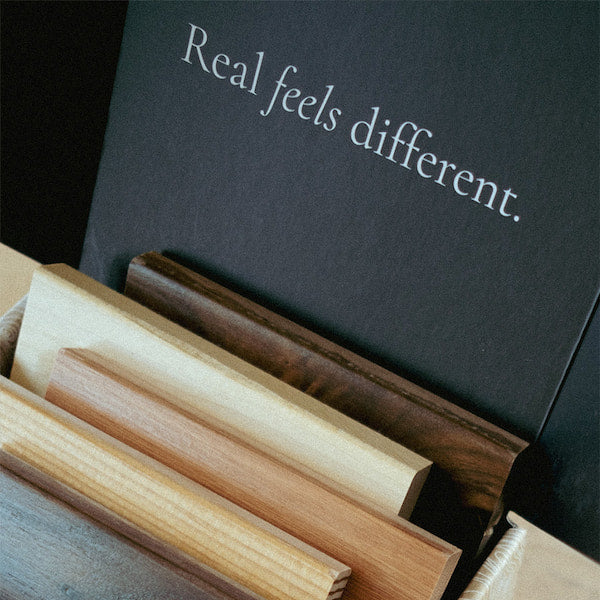
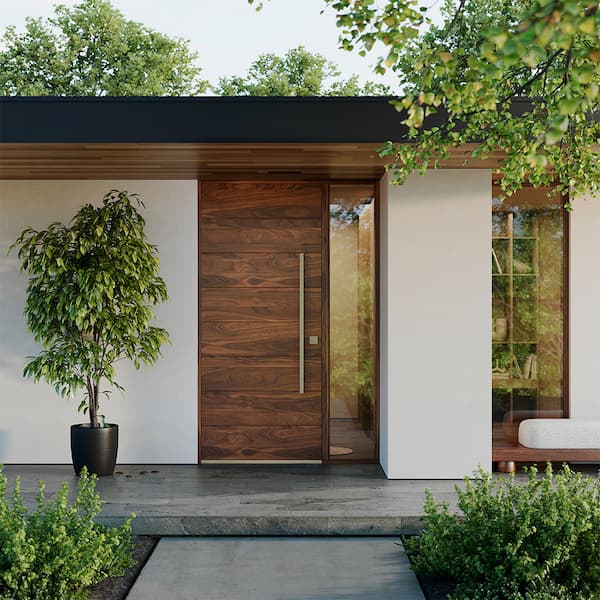


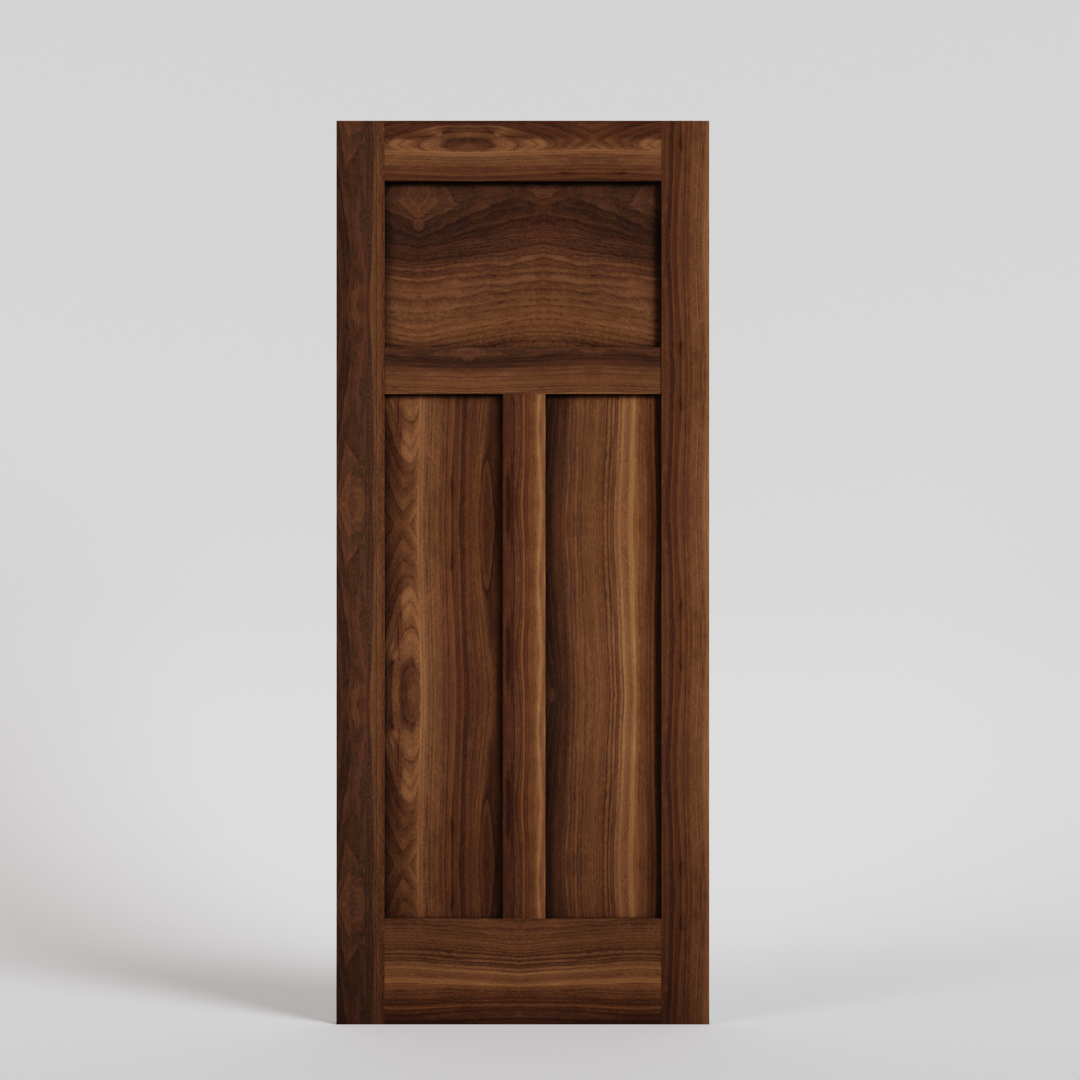
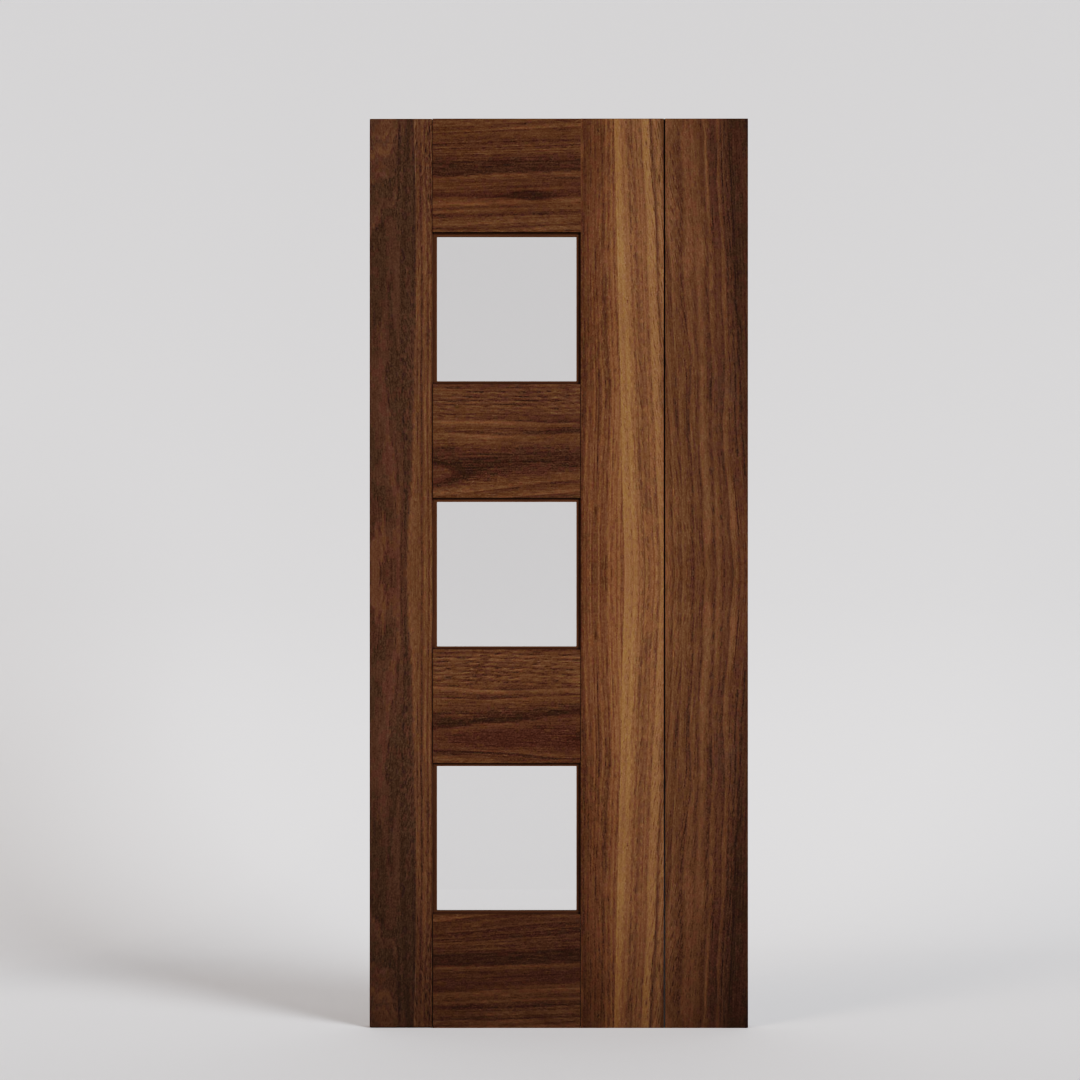
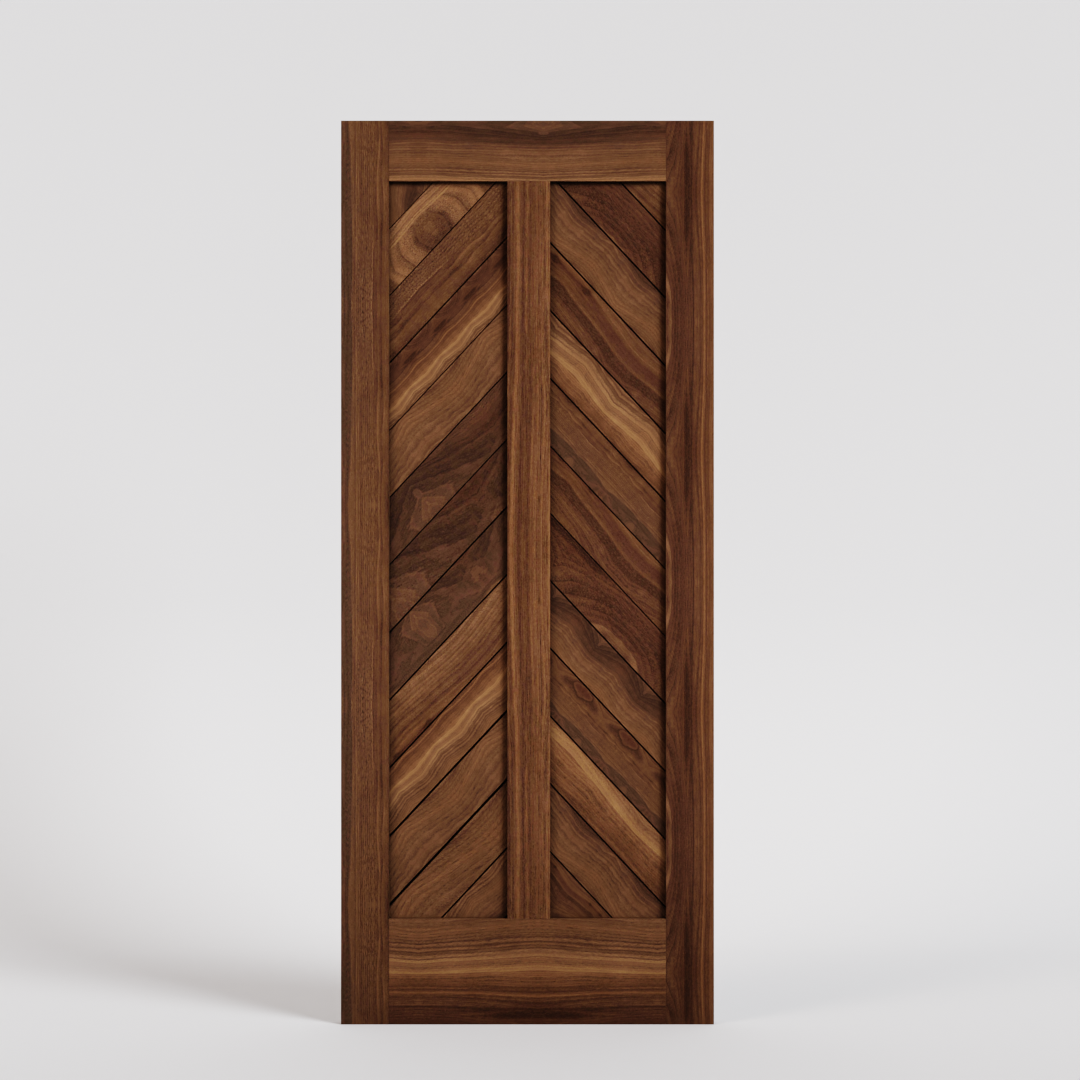
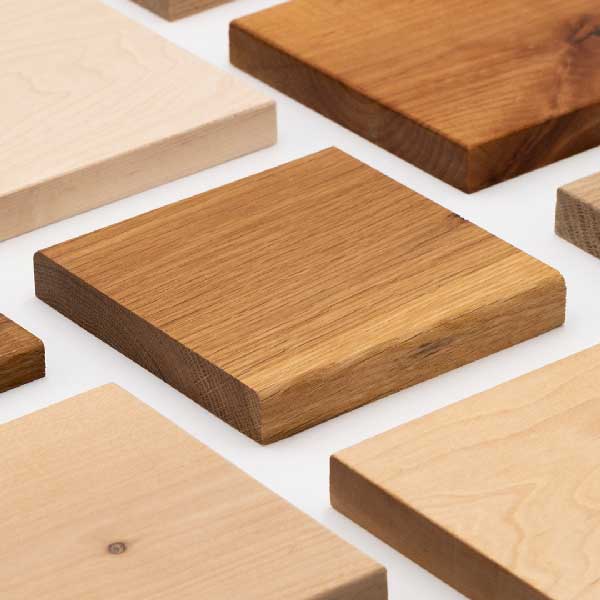

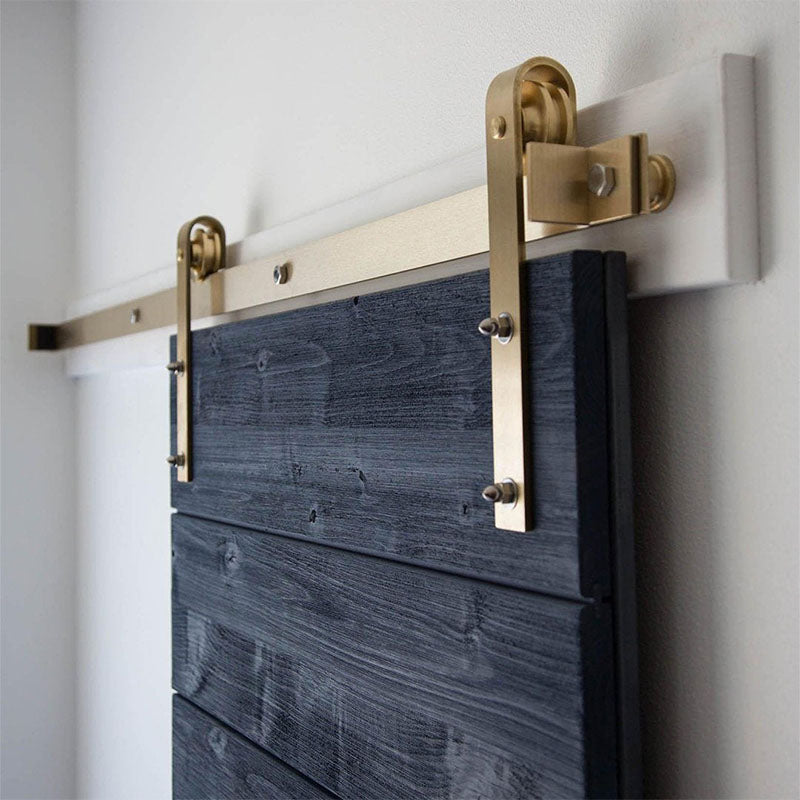
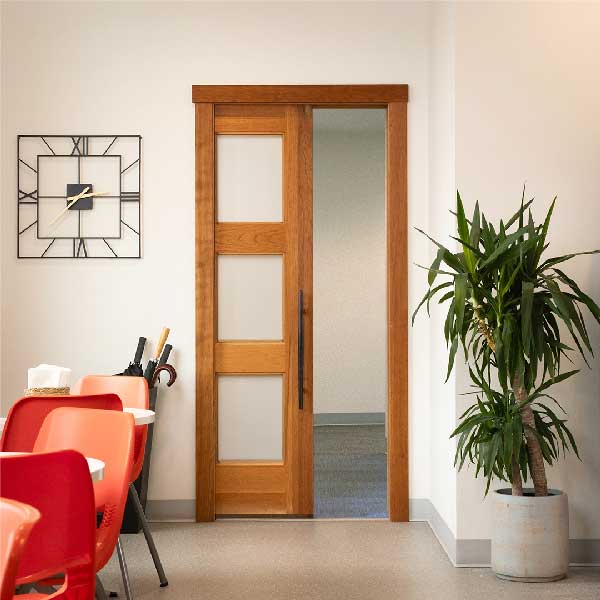
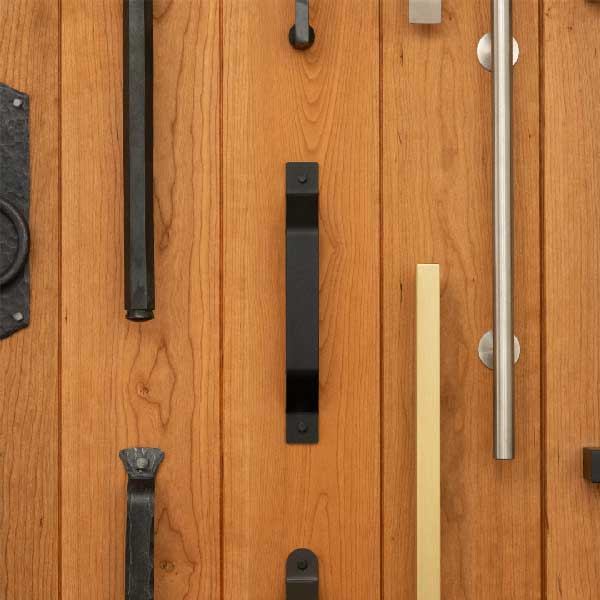

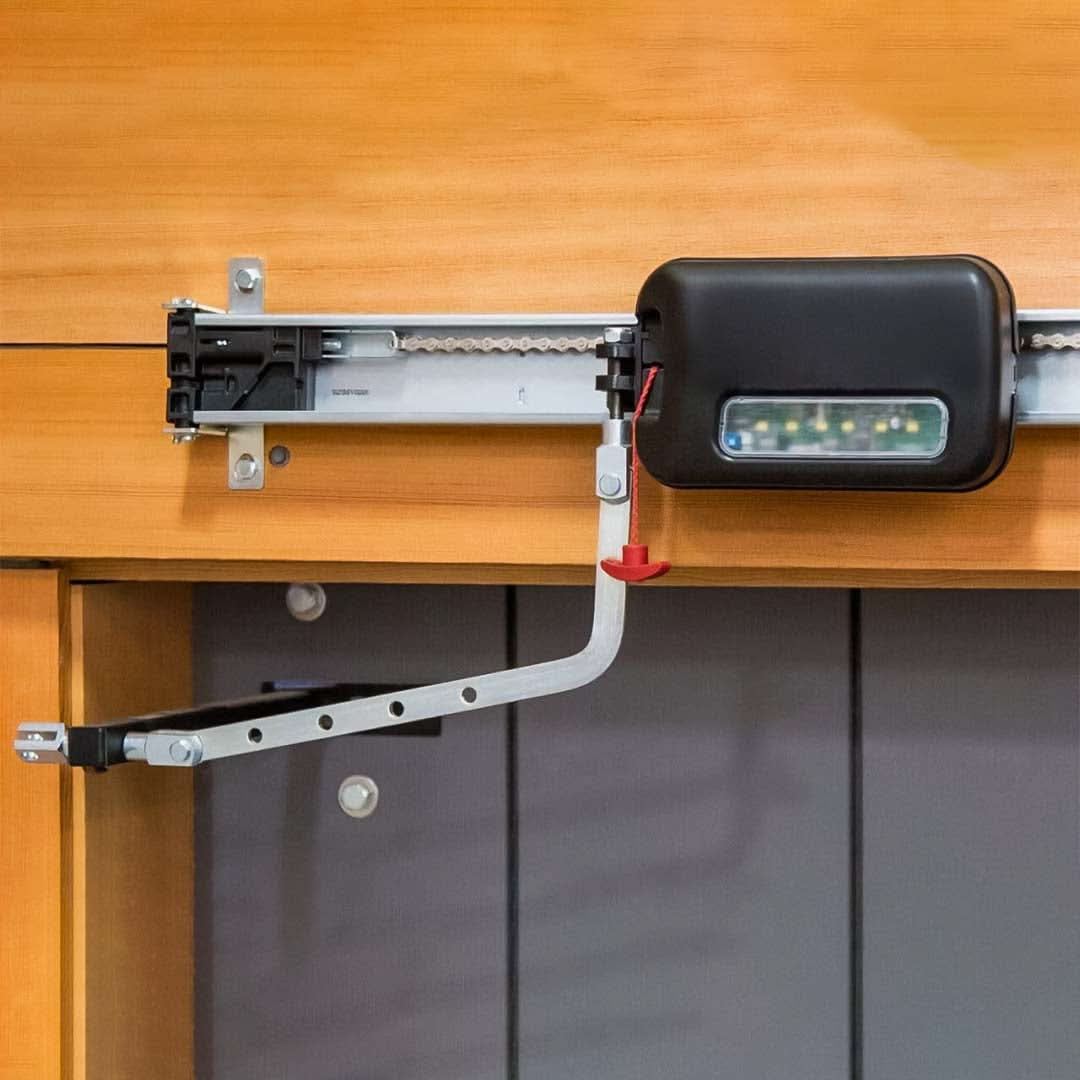


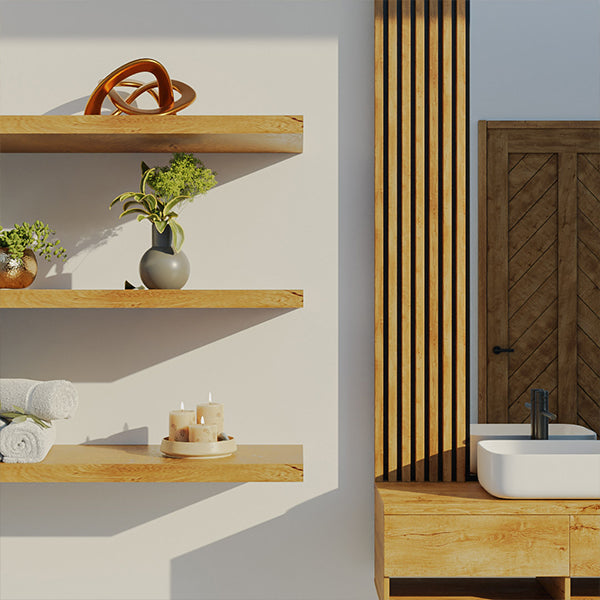


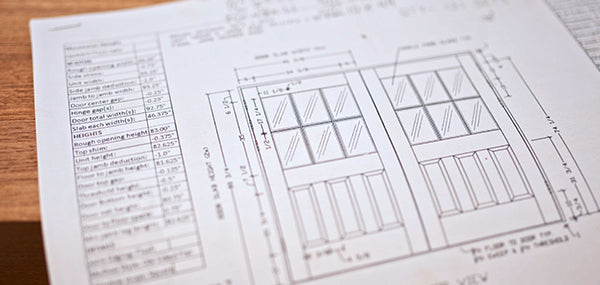
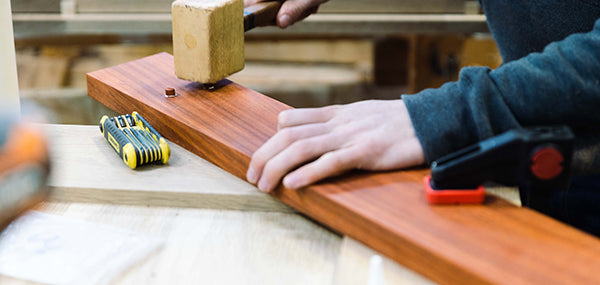


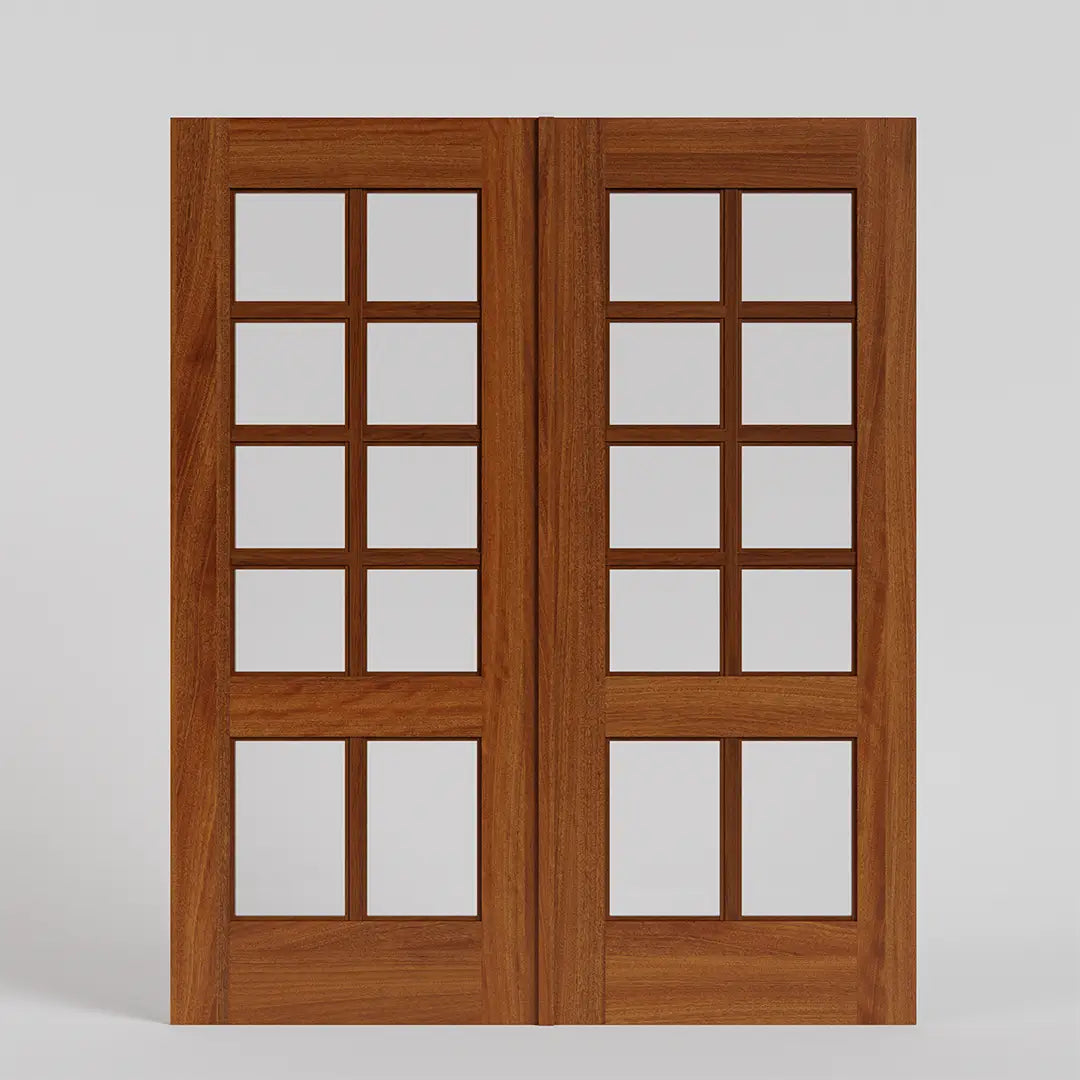
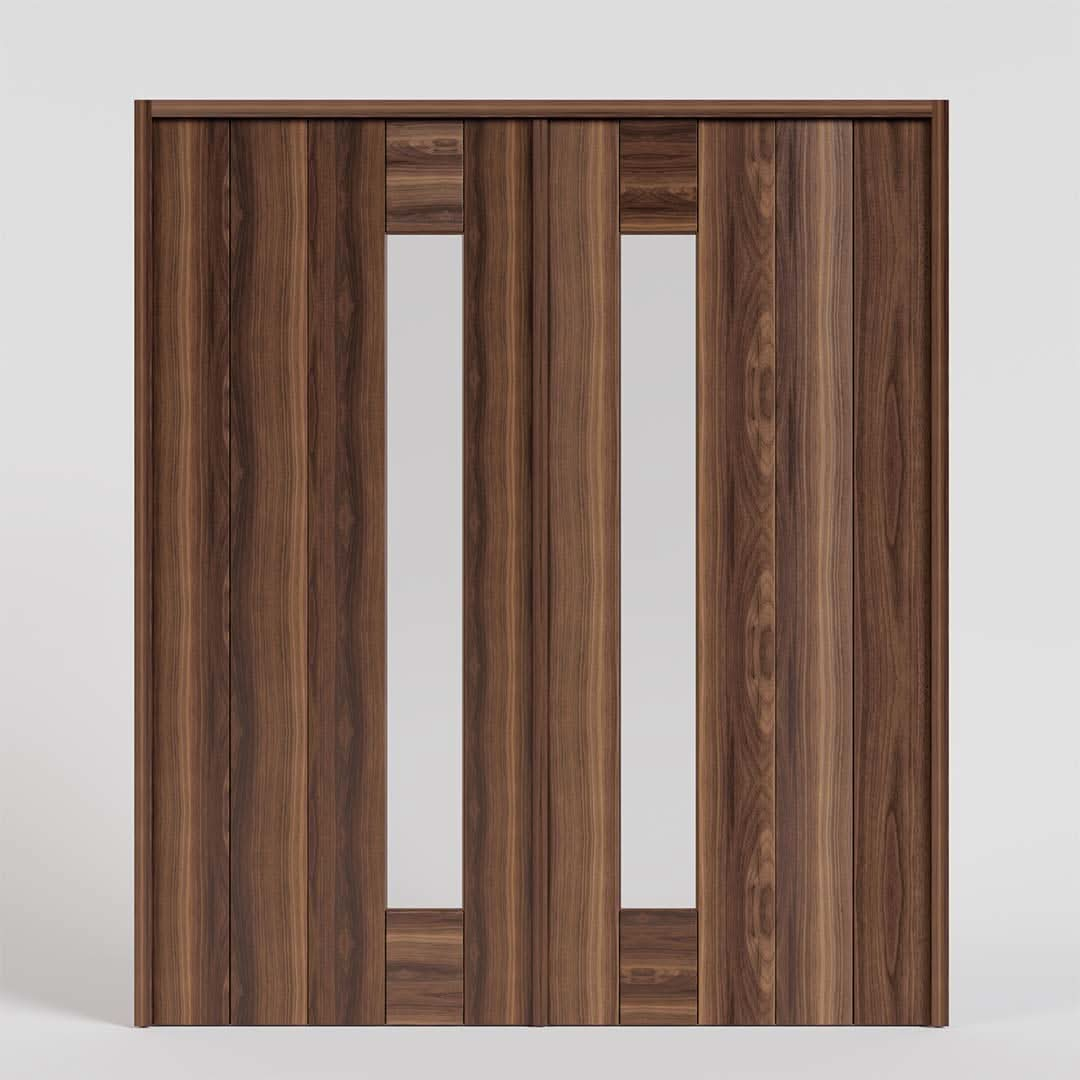
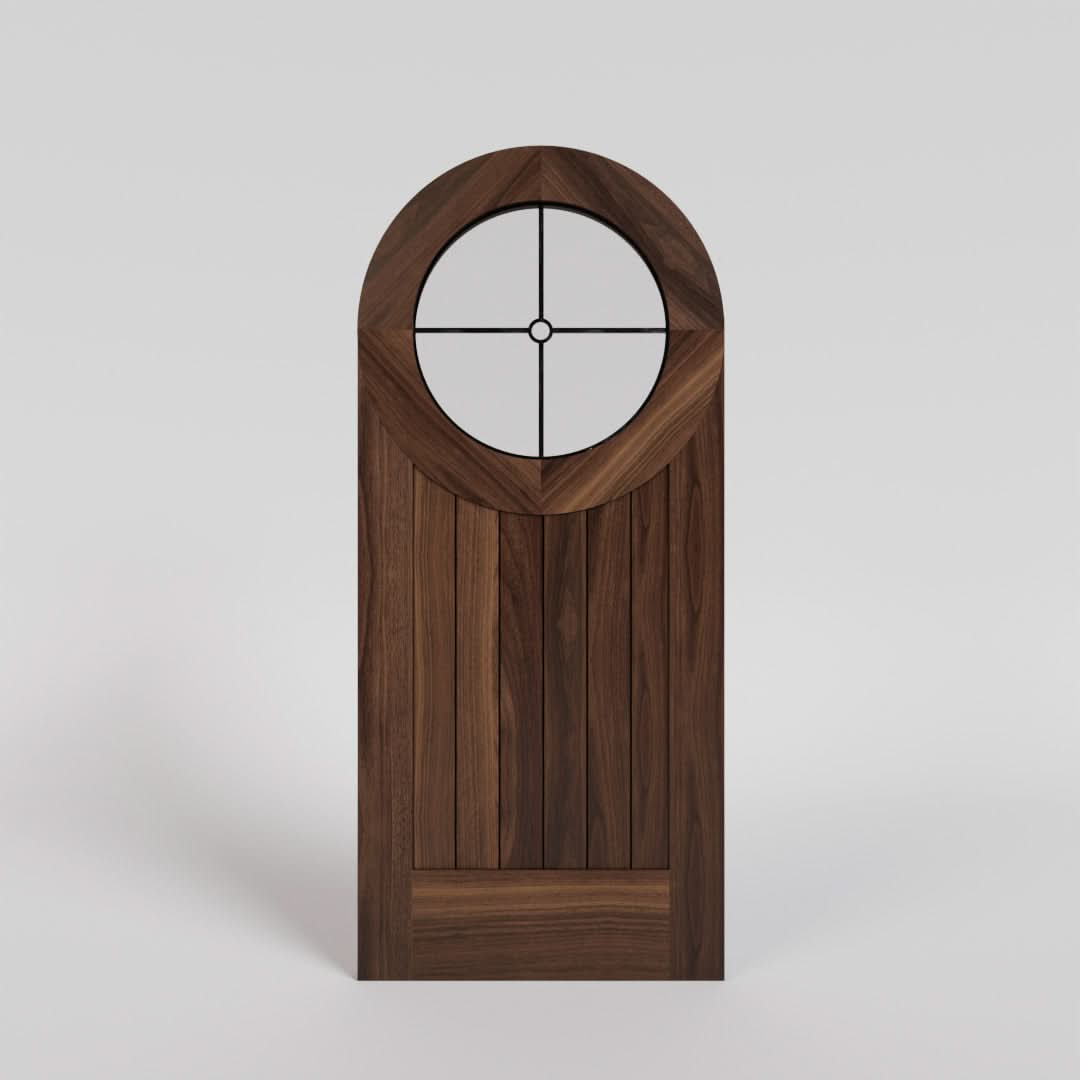
Leave a comment (all fields required)